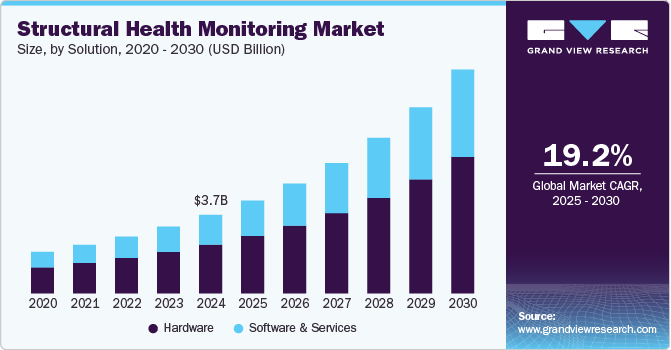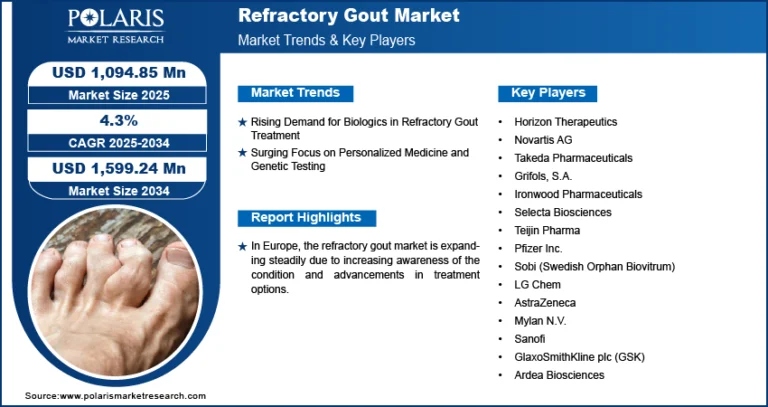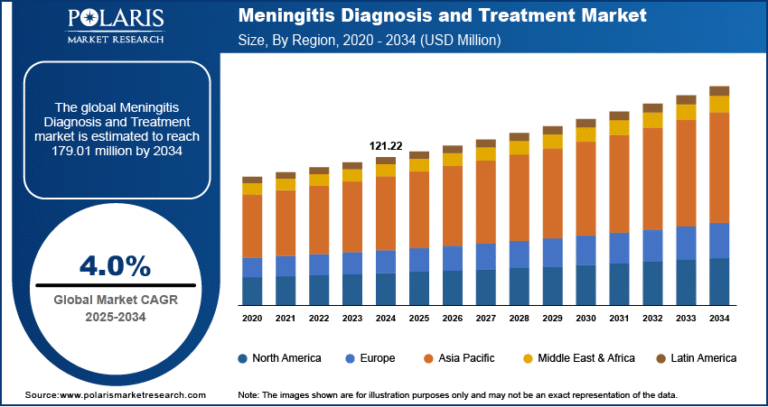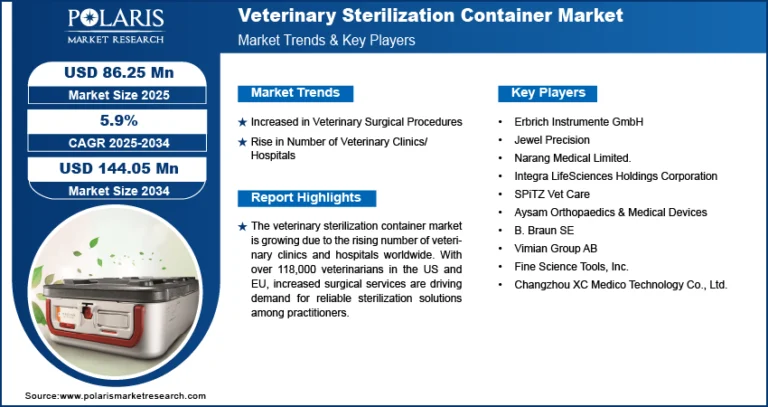Structural Health Monitoring Market Size, Share, & Trends Analysis growing at a CAGR of 19% from 2025 to 2030

The global structural health monitoring market size was estimated at USD 3,683.9 million in 2024 and is projected to reach USD 10,481.9 million by 2030, growing at a CAGR of 19% from 2025 to 2030. The market growth can be attributed to the stringent public safety regulations, the subsequent emphasis on maintaining aging infrastructure, and the aggressive investments in smart infrastructure projects.
Key Market Trends & Insights
- In terms of region, North America was the largest revenue generating market in 2024.
- Country-wise, China is expected to register the highest CAGR from 2025 to 2030.
- In terms of solution, hardware accounted for a revenue of USD 2,289.8 million in 2024.
- Software & Services is the most lucrative solution segment registering the fastest growth during the forecast period.
Market Size & Forecast
- 2024 Market Size: USD 3,683.9 Million
- 2030 Projected Market Size: USD 10,481.9 Million
- CAGR (2025-2030): 19%
- North America: Largest market in 2024
Request a free sample copy or view report summary: https://www.grandviewresearch.com/industry-analysis/structural-health-monitoring-shm-market/request/rs1
Government initiatives aimed at standardizing SHM systems as part of the broader efforts to boost overall public safety also bode well for the growth of the market. The continued rollout of smart infrastructure projects is driving the adoption of new, innovative SHM systems based on the latest technologies, thereby propelling the market growth.
The rapid growth of urbanization and infrastructural development stands as a significant driver fueling the growth of the Structural Health Monitoring (SHM) market. With global agendas such as the Sustainable Development Goals and the aim for net zero emissions by 2050 emphasizing the need for sustainable infrastructure, there is a growing need for substantial investments. The OECD estimates an annual requirement of USD 6.9 trillion for infrastructure investments until 2050 to achieve development goals and foster a low-carbon, climate-resilient future. Despite this, a considerable gap exists in the required investments, with most allocations directed toward conventional infrastructure projects, according to the Global Infrastructure Hub. In response to this, structural health monitoring systems are witnessing increasing adoption, particularly in the construction of vital infrastructures such as buildings, bridges, and dams. The following chart highlights the number of total dams across the globe as of 2023.
Government regulations and policies for sustainable infrastructure serve as a significant driver for the Structural Health Monitoring (SHM) market, propelled by the need to address climate change impacts and enhance resilience in infrastructure networks. According to OECD ENVIRONMENT POLICY PAPER NO. 14, infrastructure networks are highly vulnerable to the physical effects of climate variability and change, with extreme events highlighting the potential exposure and vulnerabilities. For instance, OECD modeling of a major flood in Paris demonstrated that 30%-50% of direct damages would be suffered by the infrastructure sector, emphasizing the need for climate-resilient infrastructure to mitigate losses and reduce disruption costs.






